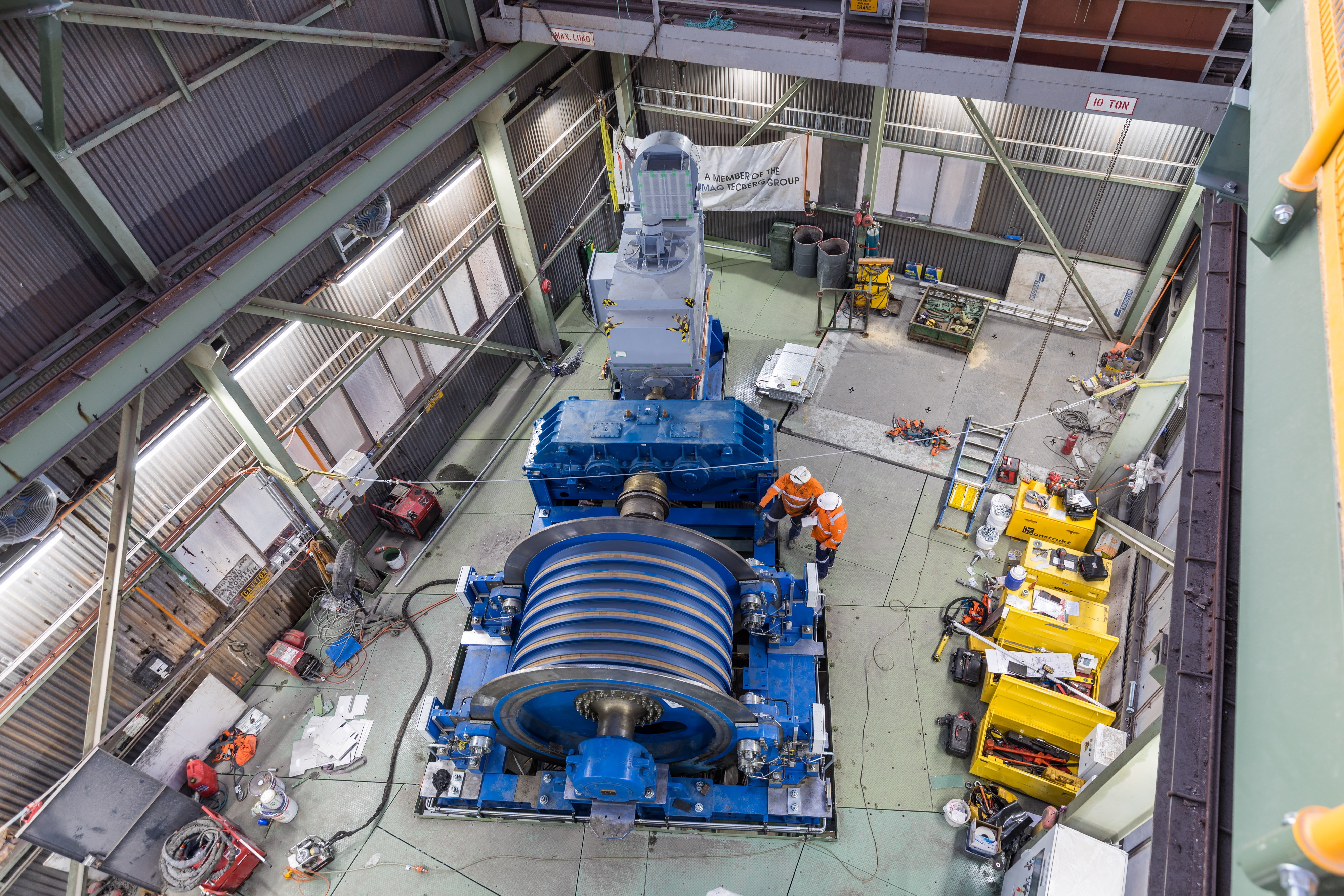Details
Information & Course
The ‘Entry', or 'Junior Level’ CAT 1 course is intended for personnel who are new or have 6 months vibration monitoring and analysis experience. It is ideal for reliability engineers, asset managers, maintenance planners, fitters plant operators, electricians, mechanics, mechanical engineers, condition monitoring and lubrication practitioners. Anyone who is interested in the reliability of their machinery and want to know more about vibration analysis.
The course focuses on periodic, single channel data collection and analysis for condition-based maintenance programmes. A foundation is established for in-depth understanding of spectrum and waveform relationships.
Course Description
Duration:
4 days including optional 2-hour certification exam.
Example Hours:
Training Days 1-3: 8.00am to 5.00pm
Training Day 4: 8.00am to 11.00am
Exam Day 4: 11.00am to 1.00pm
Format:
Classroom learning
Optional Extra:
AINDT Certification examination, 2 hours, 70% passing grade.
Compliance:
Follows ISO 18436-2 and 18436-3 and provides 3 Continuing Education Unit (CEU) credits.
Certification Prerequisite:
Prior experience is not required for attending the training course, but 6 months of experience is required for certification.
Outcome:
You will come away from this course with a very good understanding of vibration analysis fundamentals, you will understand how to take good measurements, and you will be ready to begin analysing vibration spectra.
Course Includes
· 3.5-day classroom training
· Course notes/manual
· Lunches and refreshments
· Interactive assessments during the course
· CMI Certificate of completion
Optional Extra: AINDT Certification examination, 2 hours, 70% passing grade.
Course Summary
Maintenance practices
· Breakdown, preventive, predictive and RCM
Principles of vibration
· Motion, r.m.s./peak/peak-peak, frequency/period
· Displacement, velocity and acceleration
· Units and unit conversion
· Waveform and spectrum (FFT)
· Natural frequencies
· Basic forcing frequency calculations
Data acquisition
· Instrumentation
· Transducers and transducer mounting
· Measurement point naming conventions
· Routes/surveys: Loading and unloading the route
· Data collection
· Following a route
· Repeatable data collection
· Test procedures
· Observations: utilising your time effectively in the field
· Recognising bad data
Condition monitoring
· Review of condition monitoring technologies: Vibration, oil, wear debris analysis, infrared thermography, ultrasonic acoustic emission, electric motor testing
Equipment knowledge
· Rotating equipment types and applications
· Rolling element bearings and journal bearings
· Review of failure modes and appropriate use of condition monitoring technologies
Basic vibration analysis
· Overall level measurements
· Spectrum analysis
· Harmonics, sidebands and the analysis process
· Alarm limits, trending and exception reports
Fault diagnosis
· Imbalance, misalignment, looseness, eccentricity, resonance
· Defects associated with bearings, gears, belts, electric motors
Register Your Interest
Assess. Align. Perform.


